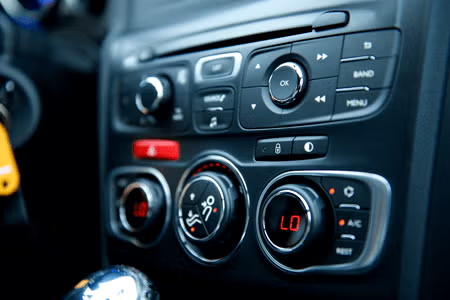
Diisocyanates (DII) are used to make many types of polyurethane (PU) products found throughout your automobile. DII chemistry makes many of the features you enjoy in your vehicle possible. Not only do polyurethanes help enhance automobile design, they help make vehicles stronger, lighter, safer and more comfortable.
How Does DII Chemistry Contribute?
Many of the vehicle parts typically made with polyurethane products, which rely on DII chemistry, contribute to a more enjoyable ride. Some examples include supportive seating made with foam, armrests, headrests, acoustic insulation for a quieter ride, cup holders, and “soft touch” PU coatings on interior components, like the instrument panel. The steering wheel, gear shift knob, car floor, carpet underlay and interior coatings can also use polyurethanes to enhance their performance and feel. DII chemistry also contributes to many of the functional needs of the car, like lightweight door panels, bumpers, exterior panels, coatings and adhesives, cable jacket protection, brake tubes, gaskets, window seals, shock absorbers or spring aids and tire fill for fixing flat tires. If you drive a pick-up truck, there is a good chance that the truck bed liner and tailgate are made with polyurethane products.
With approximately 10.6 million vehicles produced in the United States in 2023,1 PU products continue to play an increasingly important role in the automotive industry and the overall economy.